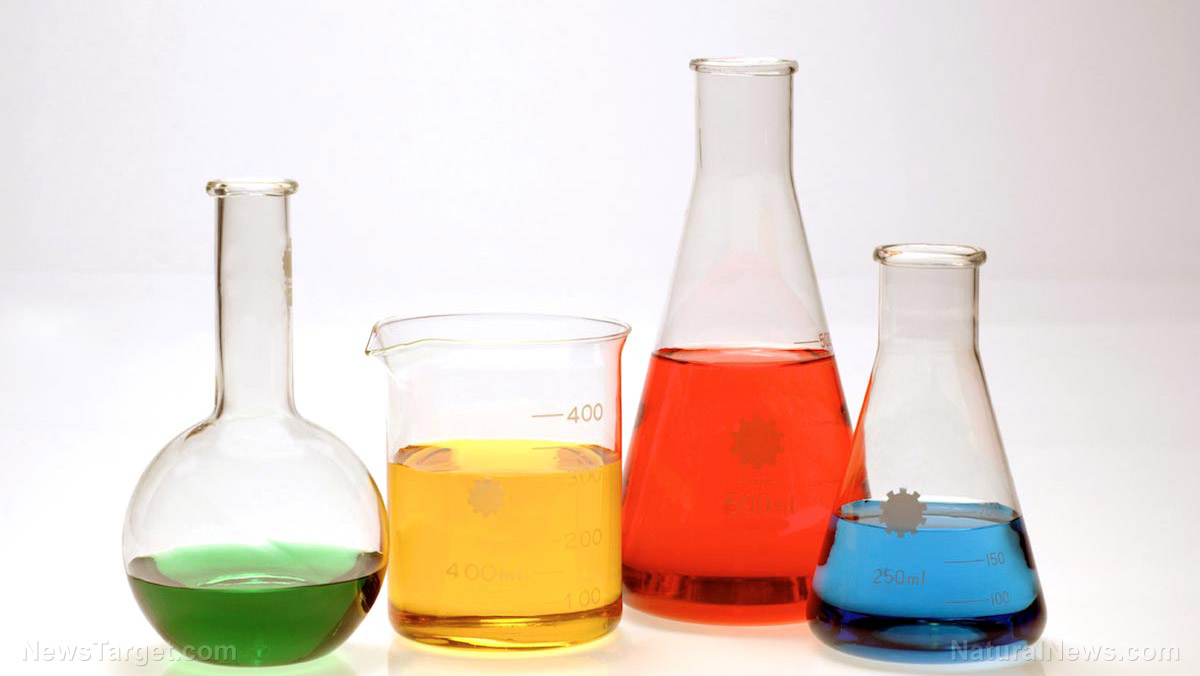
"Ours is a poisoned world, its system infused with the substances we deliberately or inadvertently produce in the course of extracting, making, using, burning, or discarding the many marvelous produces on which modern life depends," Cribb writes in his new book "Earth Detox: How and Why We Must Clean Up Our Planet."
He tells people that the chemical era is quite new and expanded so rapidly that most people remain unaware of the extent of peril it places everyone.
Because synthetic chemicals are common in everyday products, and there is no industry or activity where they are not used, human-made chemicals are everywhere – from clothing, bedding and furnishings to electronics and plastics, pest control and even in cosmetics, medicines, food and drinks.
There are many sources of chemicals, yet the burning of fossil fuels pose multiple threats to human health, especially for developing children and unborn babies. The emitted chemicals don't disappear as most people believe, either. They can go on forever by reforming, recycling, recombining and reactivating in different forms.
Deep diving into chemical toxicity
Over 125 environmental laws have been watered down or eliminated in the past few years, and these have caused unnecessary illnesses and deaths that will take years to cut down.
Cribb talks about deaths from polluted air that results in heart disease, stroke, chronic pulmonary disease, lung cancer and acute respiratory infections. It also increases death rates from infections such as the Wuhan coronavirus (COVID-19). An estimated 9 million people die from chemical poisoning each year, and those numbers will only increase unless we do something to reduce the number of chemicals around us.
Poisonous chemicals are also present in oceans. When biomagnification occurs, toxic substances that are originally released in low quantities can be concentrated as it moves up the marine food chain, until it is eventually consumed by humans in poisonous doses. (Related: Chemical contamination discovered in water supply at North Carolina military base... experts warn this could be the first of many.)
Plastics are highly resistant to rotting and breaking down, and they stay on the planet for a very long time. Plastic pollution increases at a rate of 9 percent per year, and its climate impact is expected to triple by the year 2050.
Groundwater is one of the largest natural resources on Earth and accounts for 97 percent of its available freshwater. However, it travels far in underground pathways. Once it becomes contaminated with chemicals, many can be affected.
Contamination is possible from leaky landfills, hazardous waste disposal, industrial discharges and seepage from old garages and fuel stores or factory sites and gasometers. An estimated 2 billion people drink contaminated water every day.
Frightening chemicals
Cribb's new book presents different examples of how immersed people are in chemicals every day. The ten-point plan in the book can help curb the toxic burden, and it is a workable starting point for those who want to stop killing themselves with chemicals.
According to Cribb, it is important to ally with people and companies that are working to detoxify the planet and raise awareness, so that citizens can become "clean consumers."
He also points that it is important to campaign for a universal right to avoid poisoning, and establish a new international scientific body to measure the full extent of human chemical emissions, assess their toxicity and impact and monitor changes to oversee cleaning up of the planet.
Cribb says it is important to press for universal testing of all new and suspected chemicals and to keep an open global toxin record. He also pushes for the replacement of all coal, oil, gas and other fossil fuels with clean energy and non-toxic raw materials.
"We are now faced with indisputable evidence that our combined chemical discharge threatens human civilization and the health, happiness, intelligence and wellbeing of all. Now is the time for us to clean up the earth. Together," Cribb writes.
Learn more about how chemicals are affecting us daily at Pollution.news.
Sources include:
Please contact us for more information.























